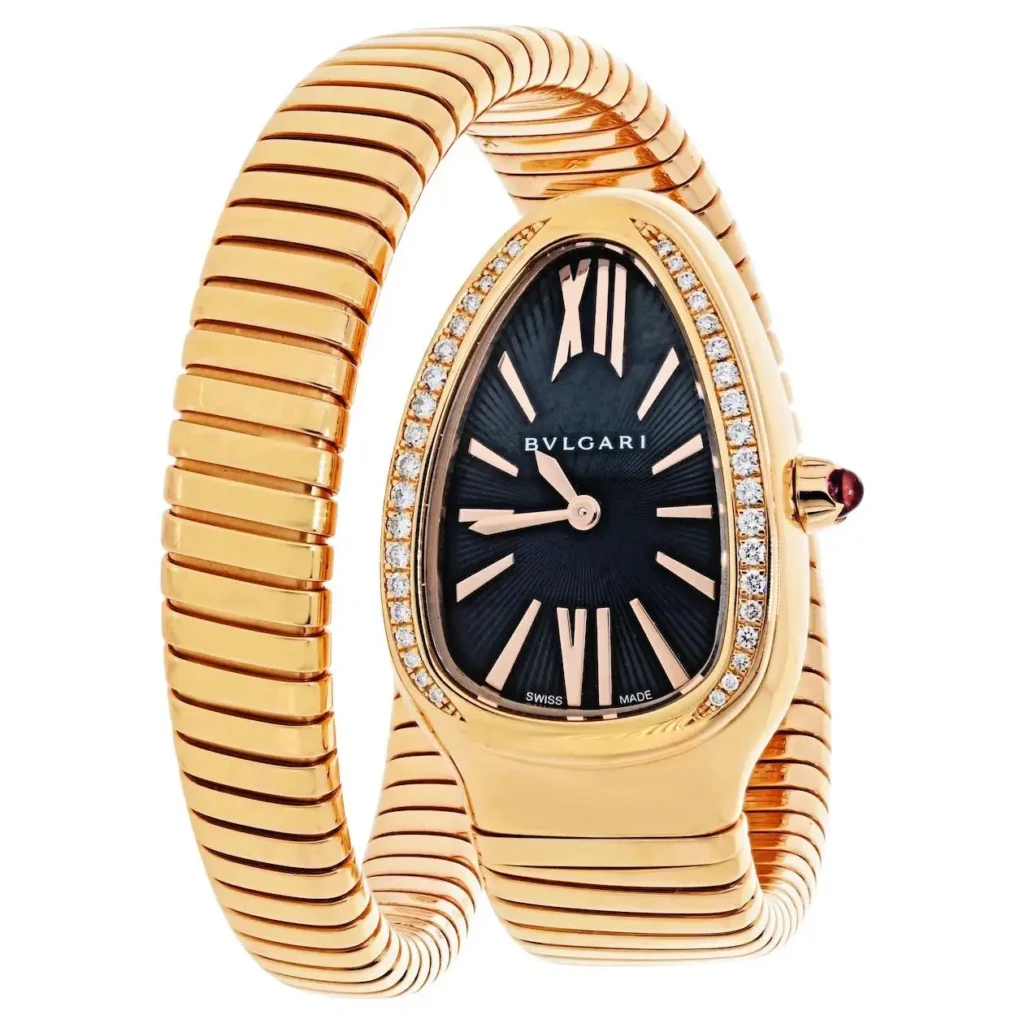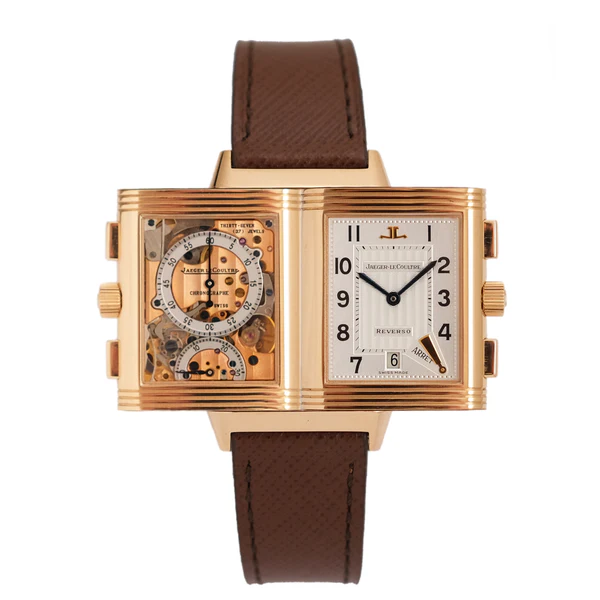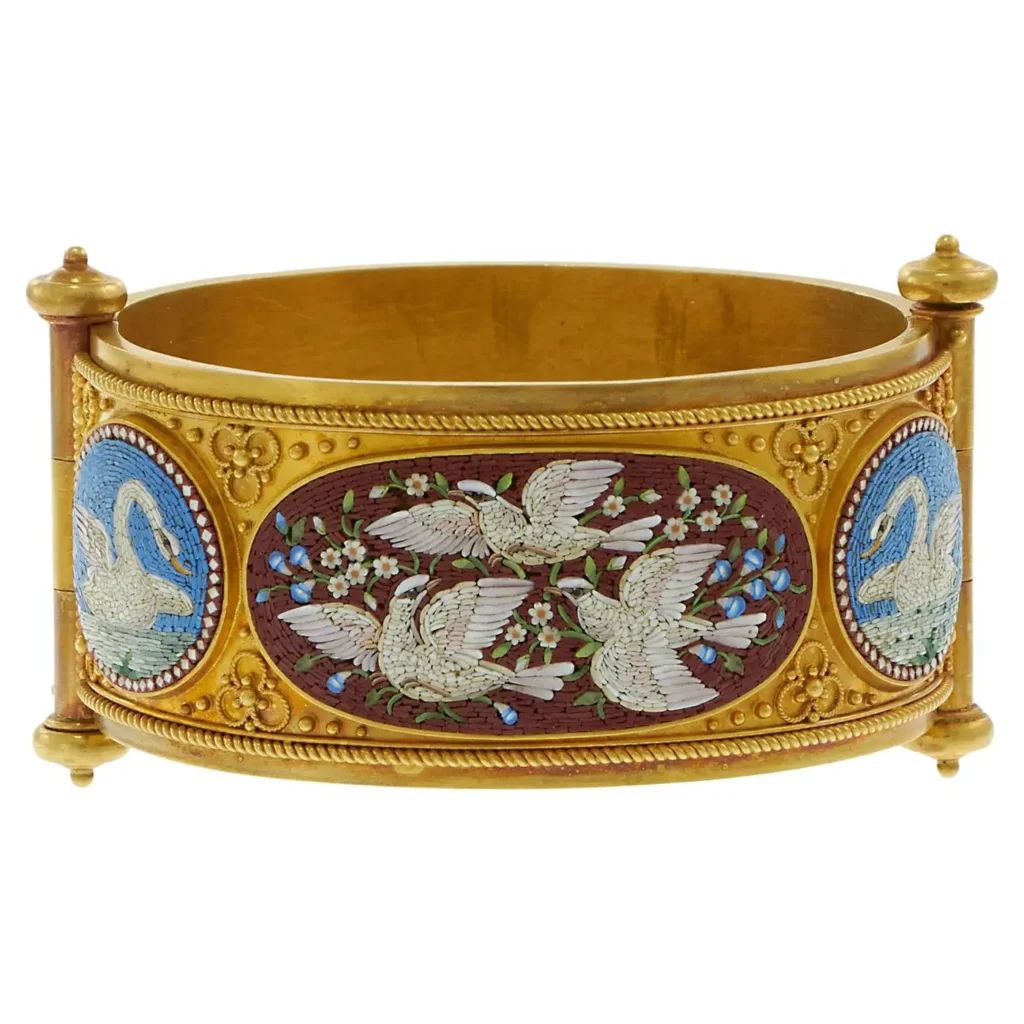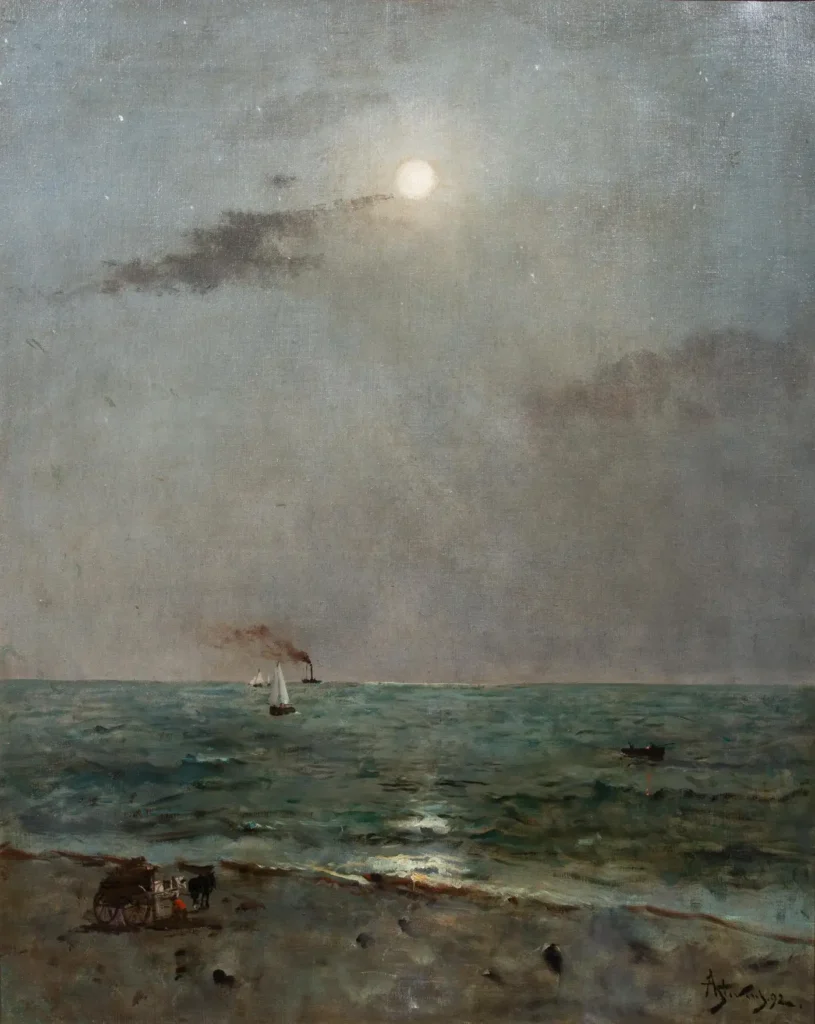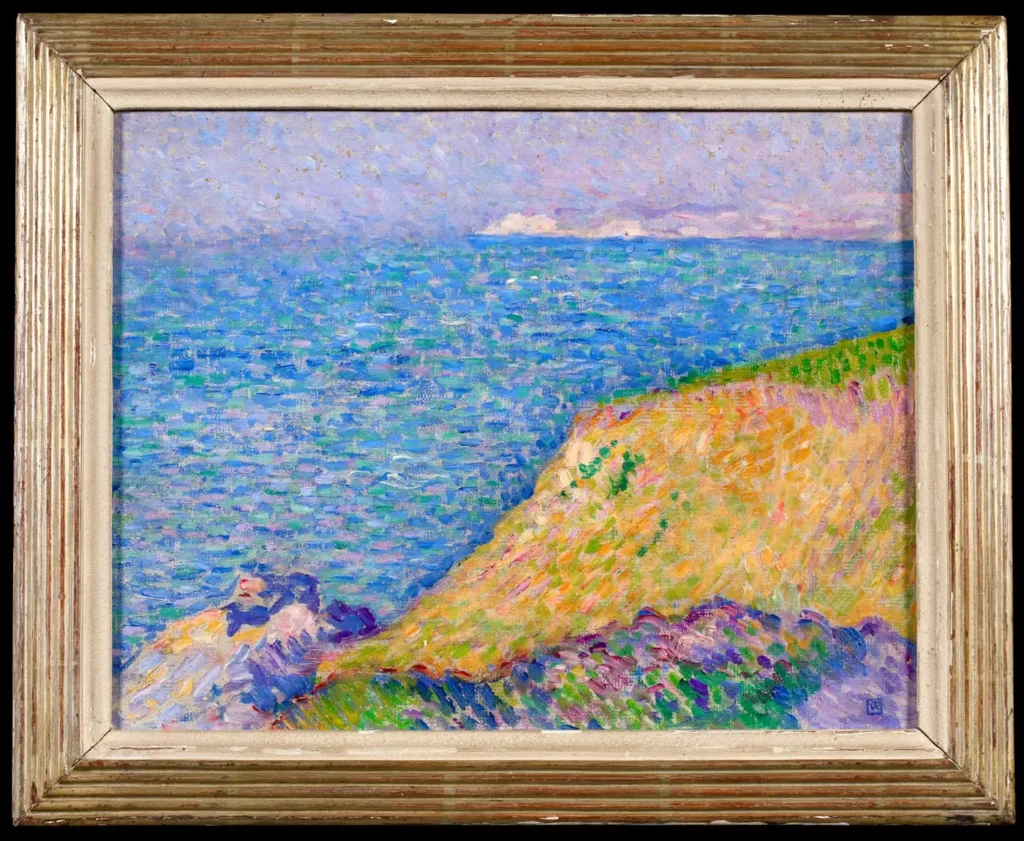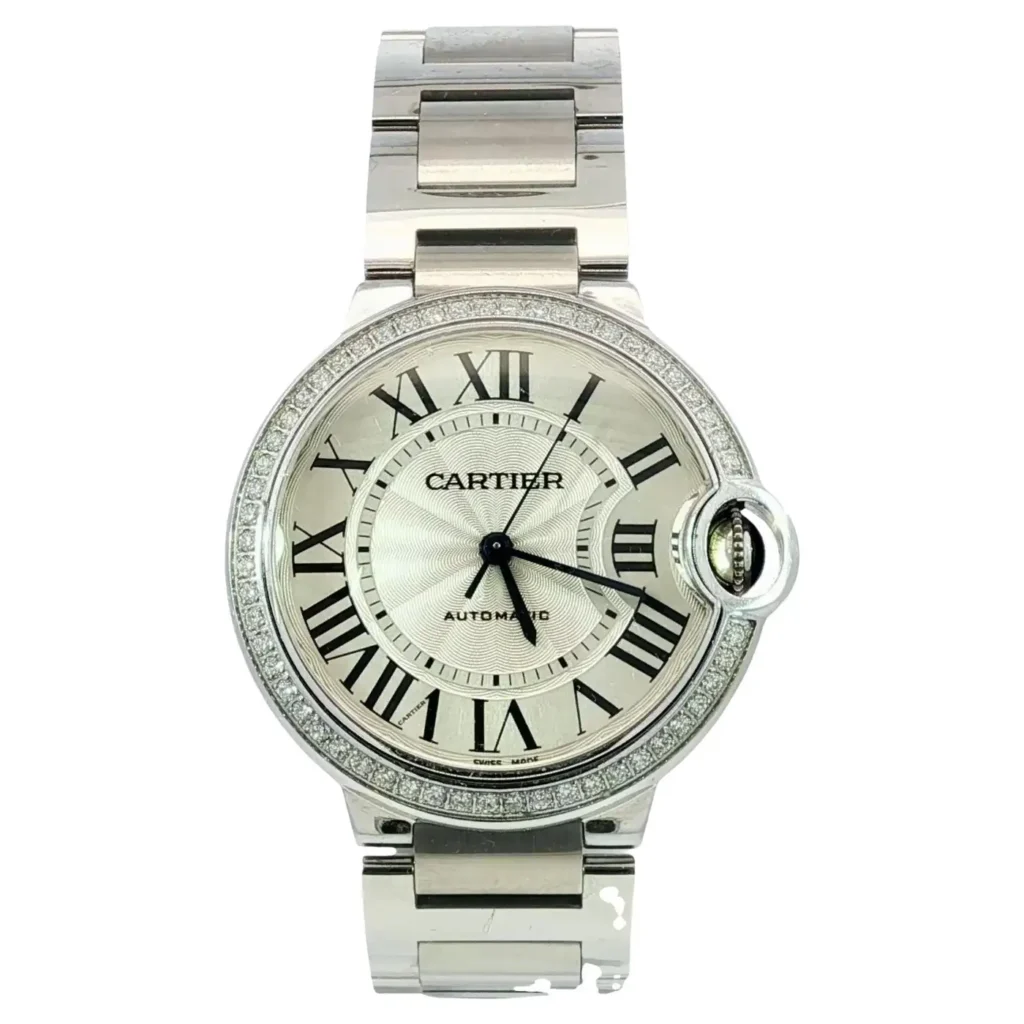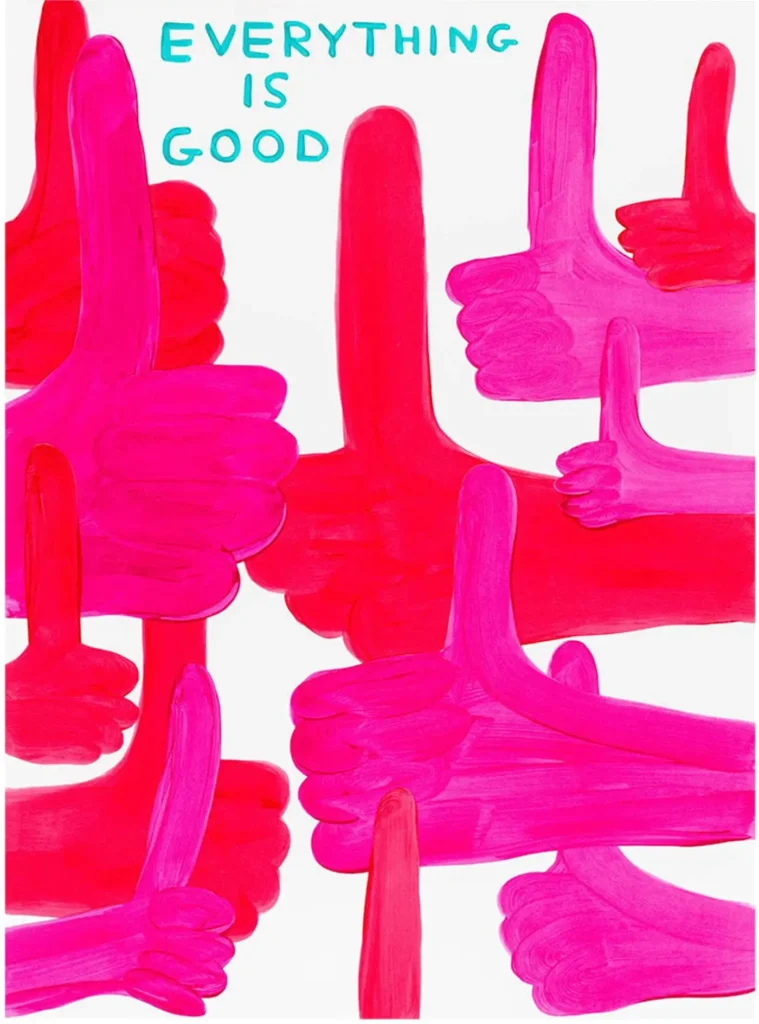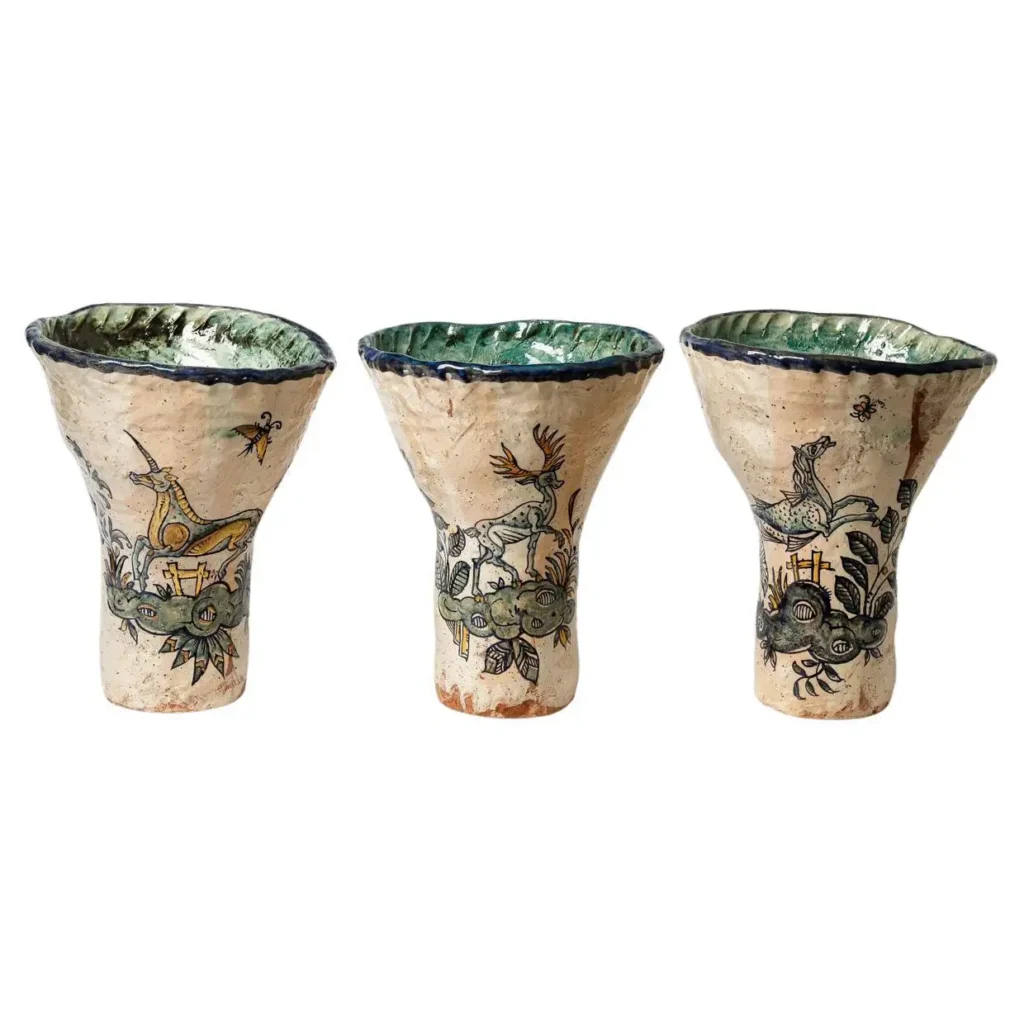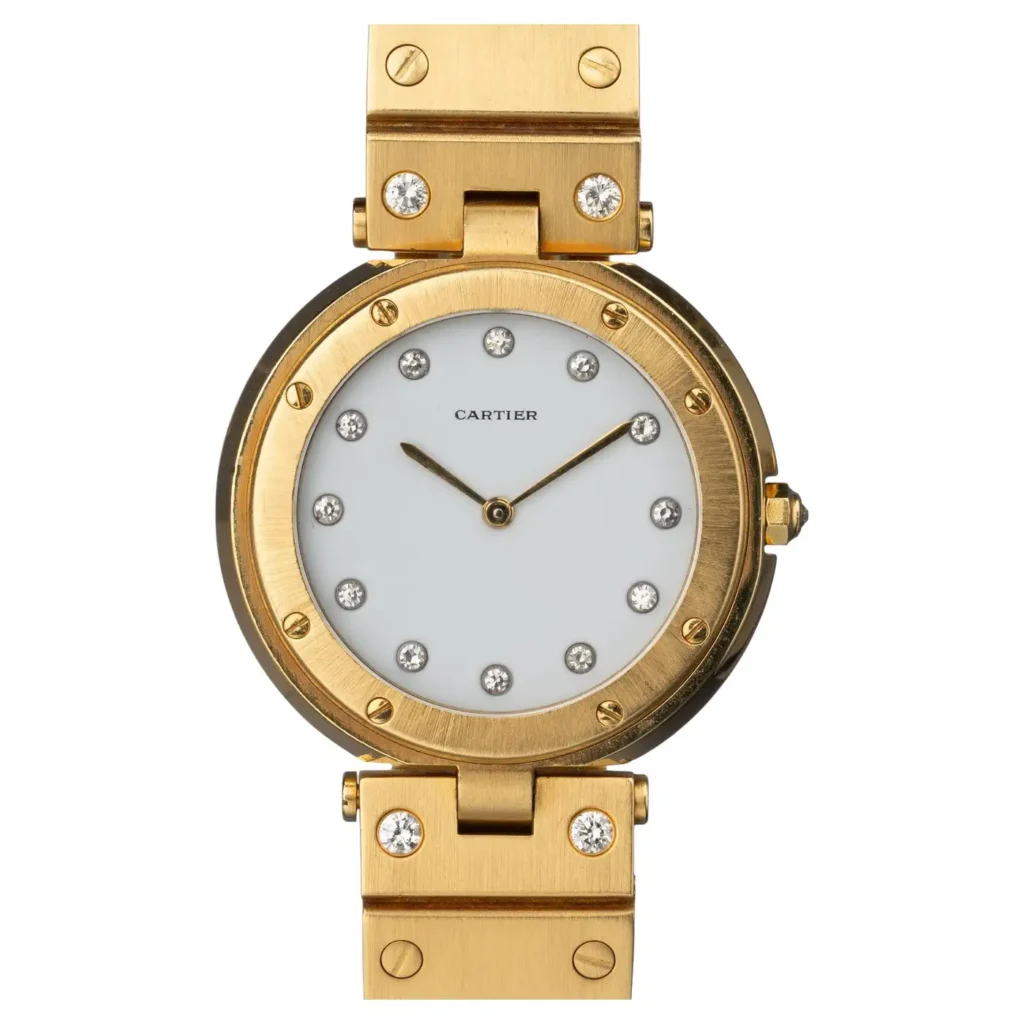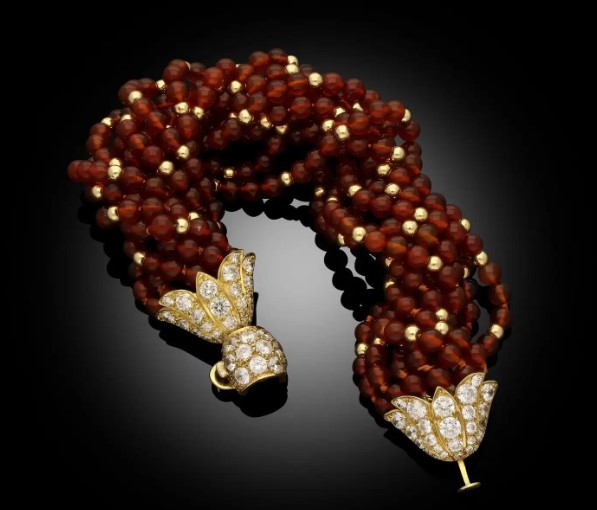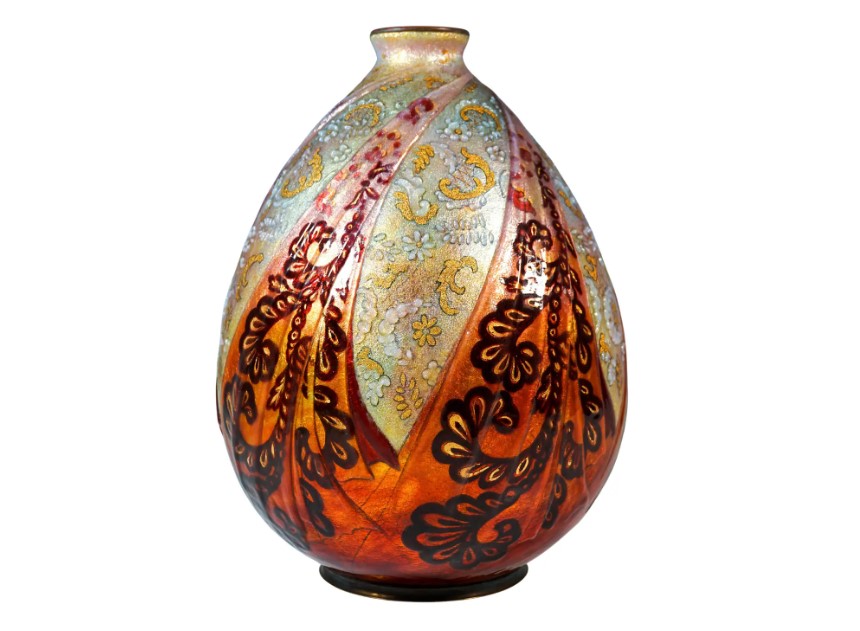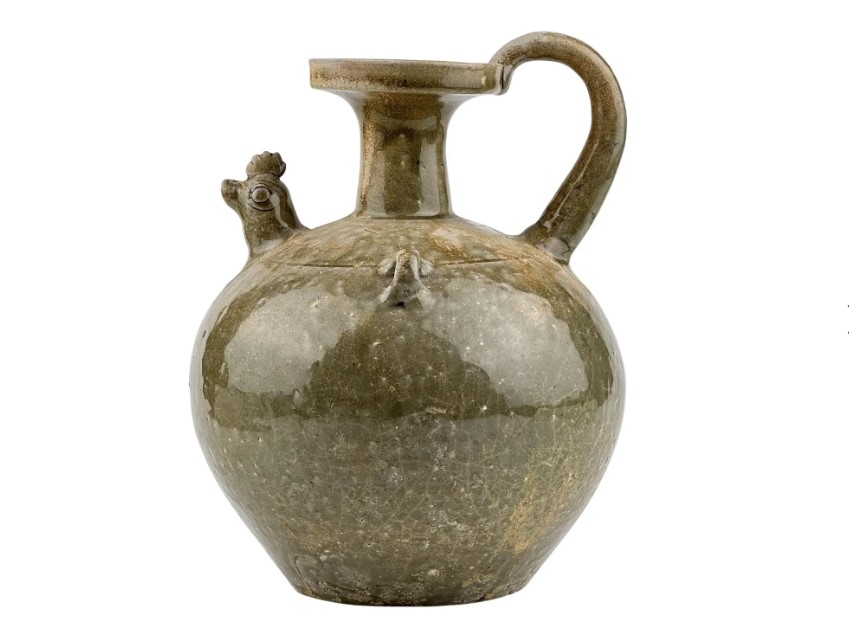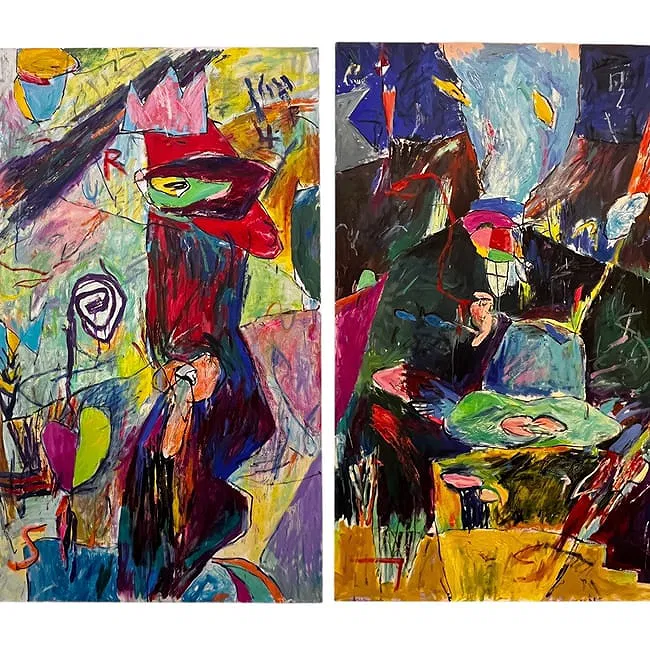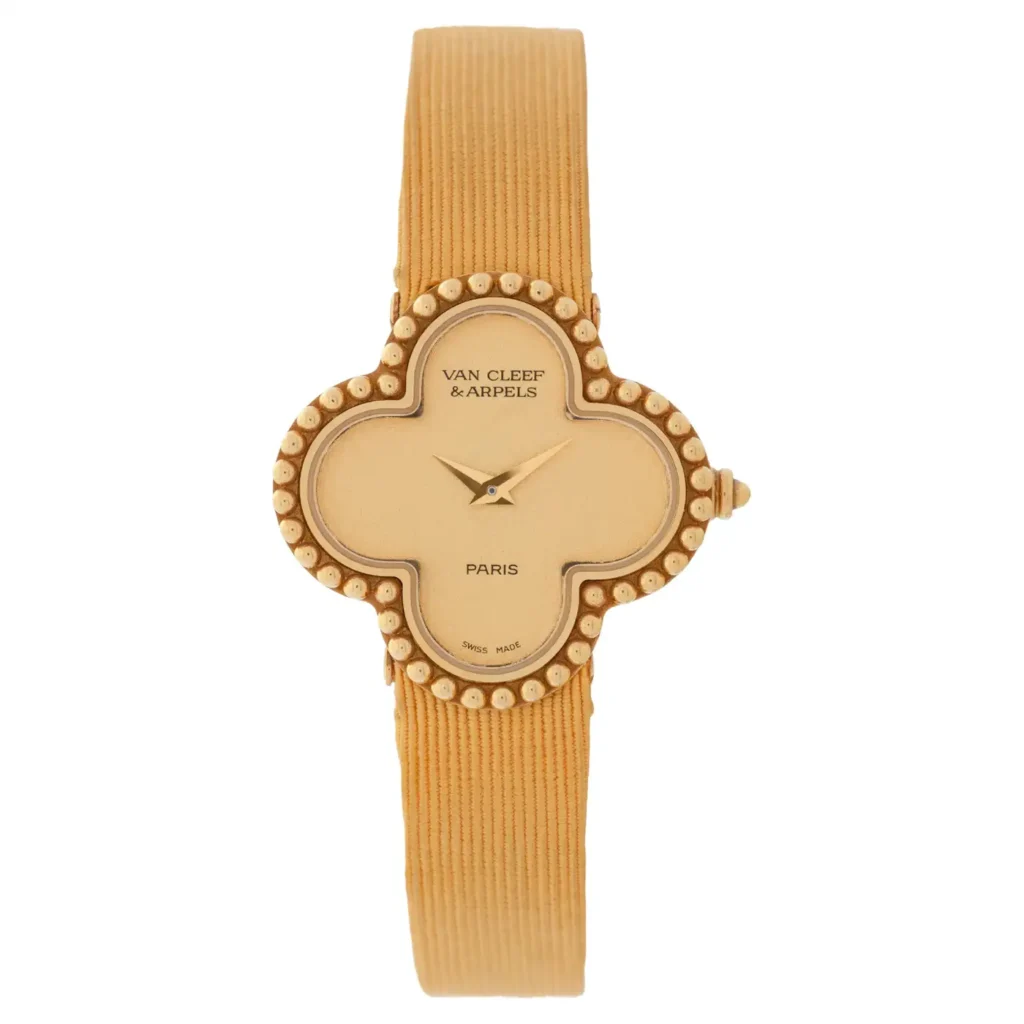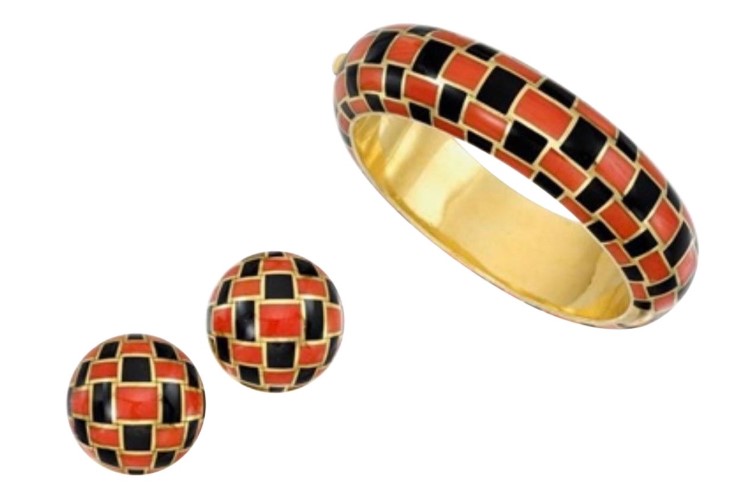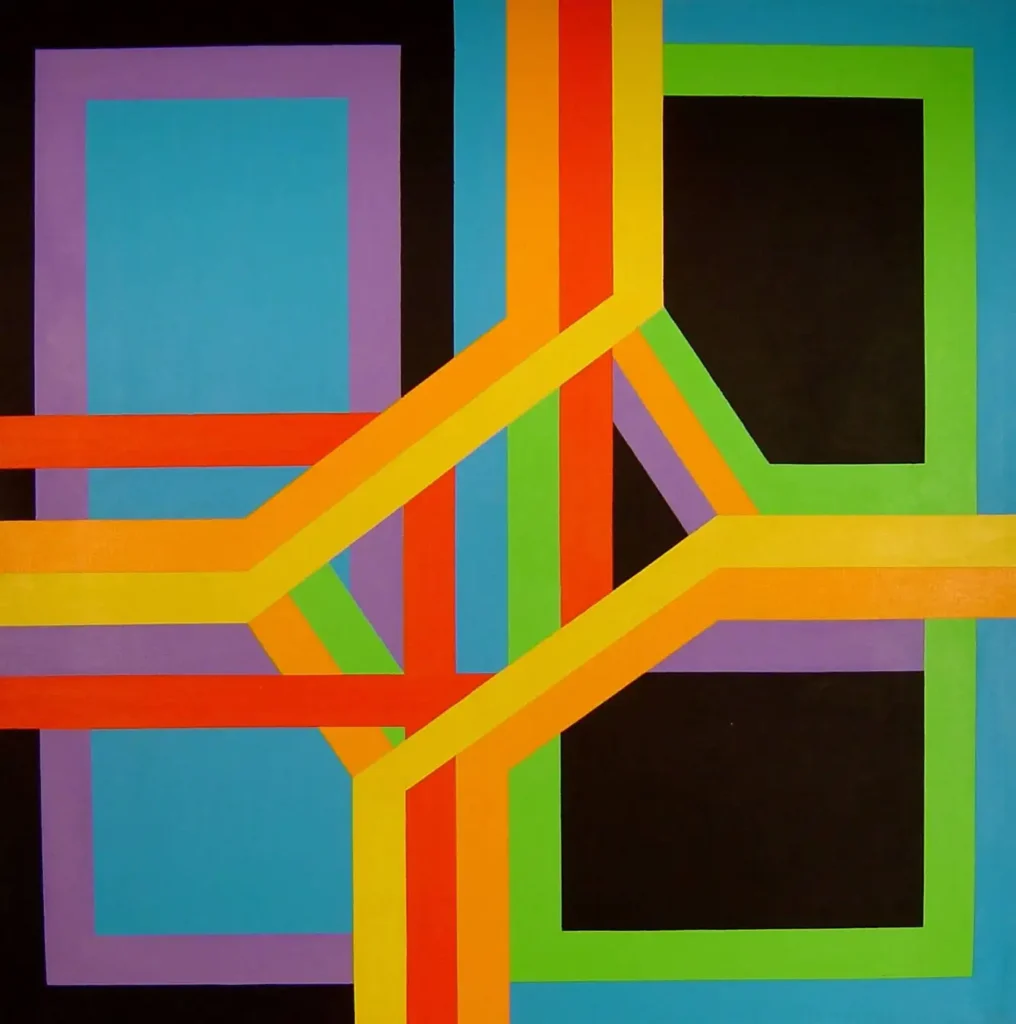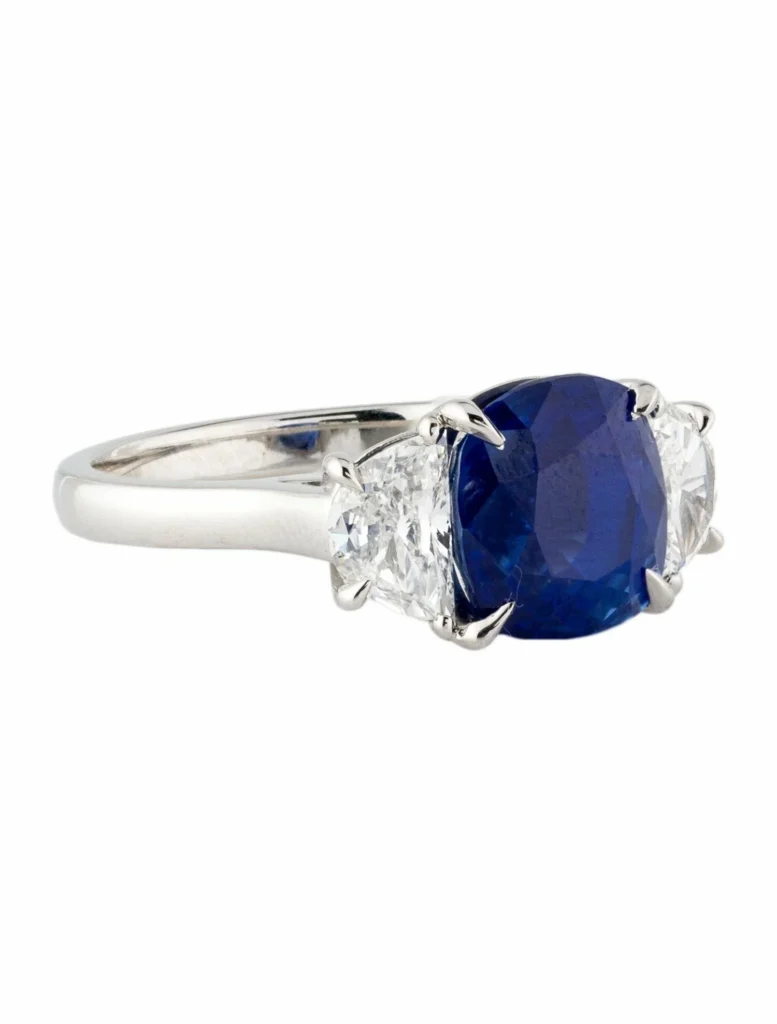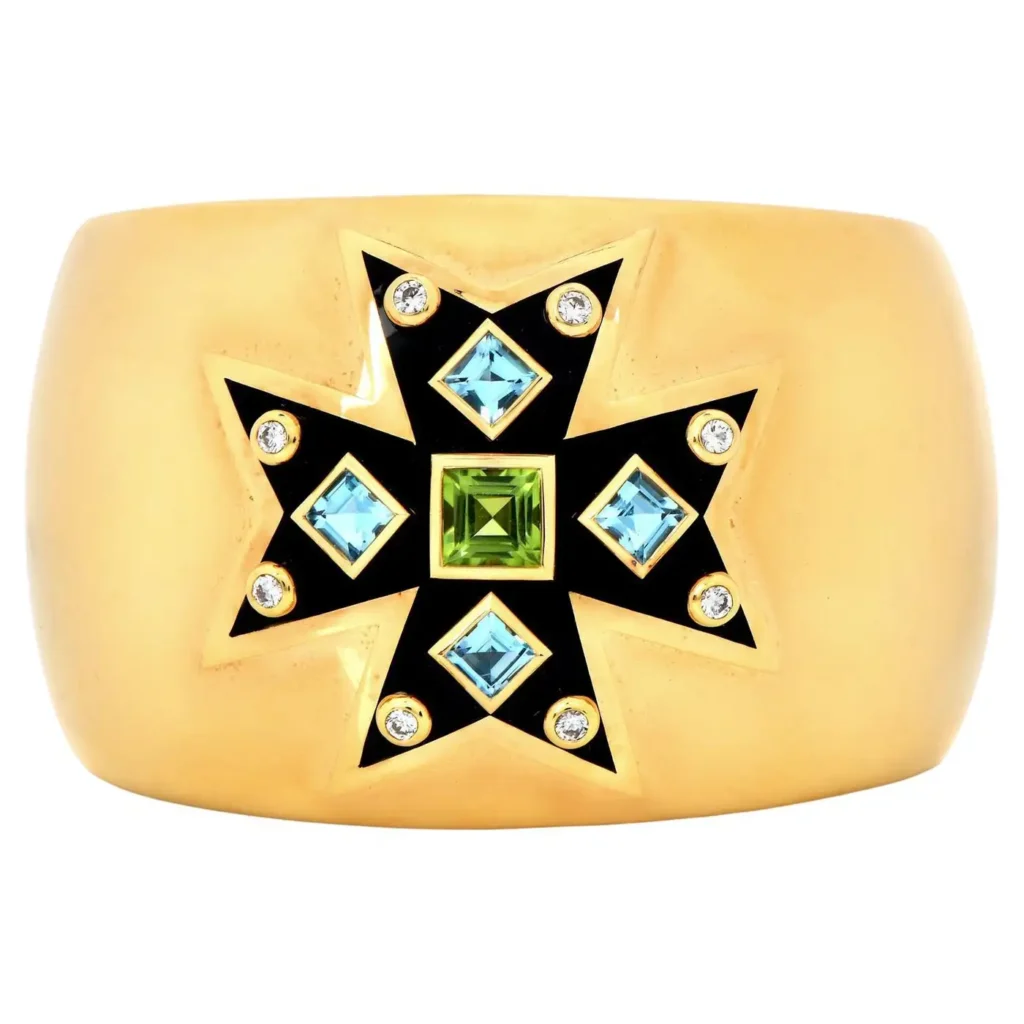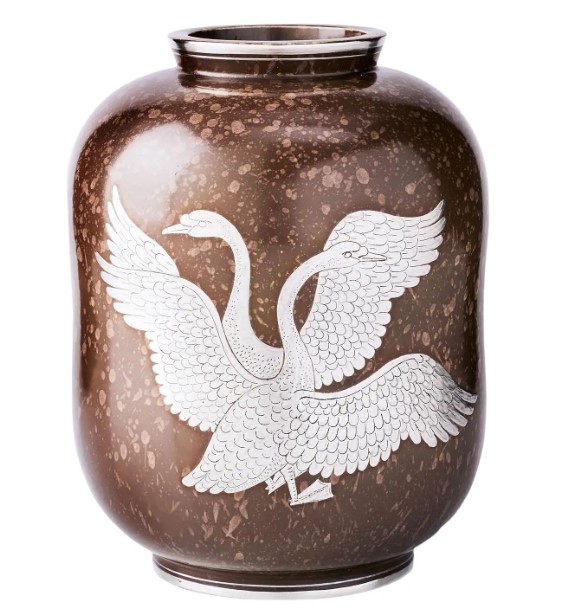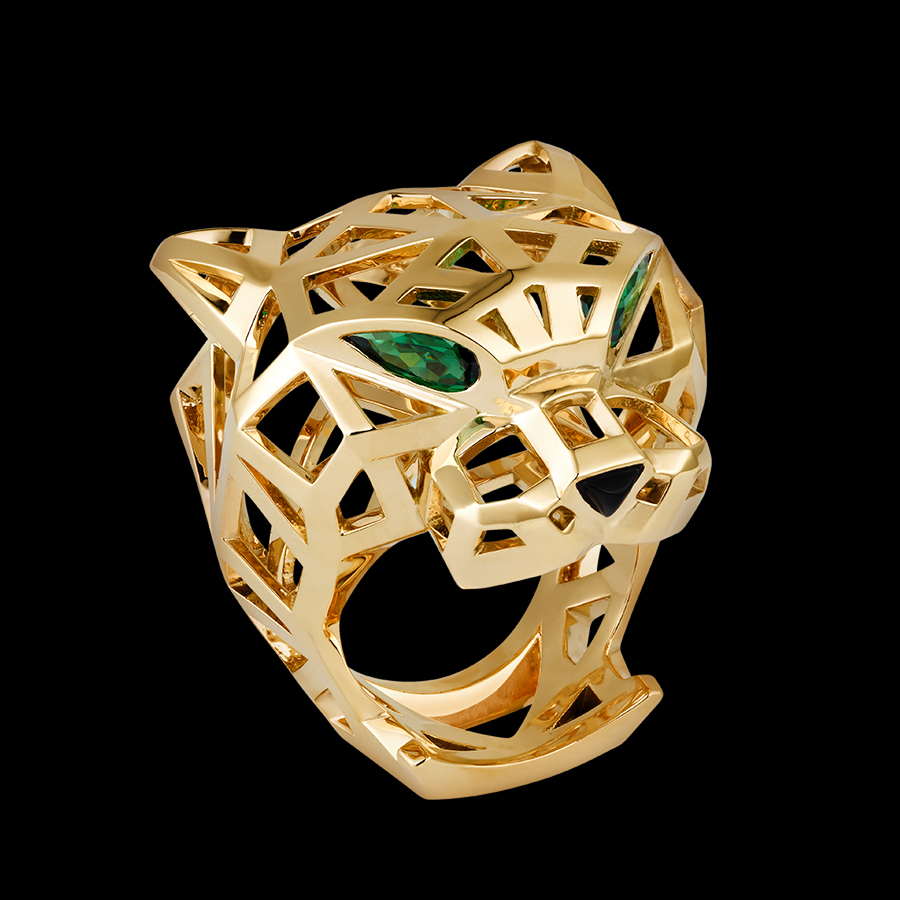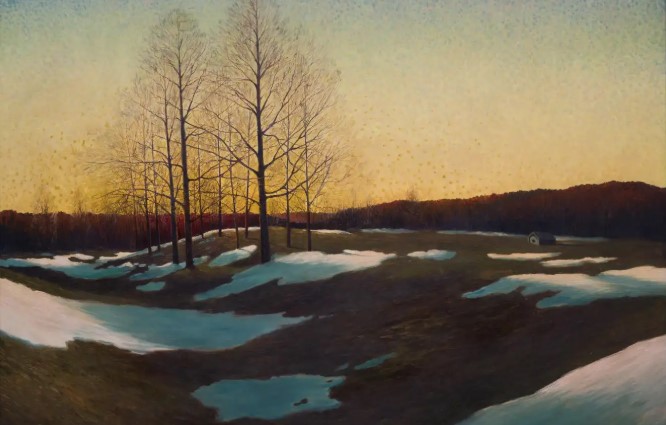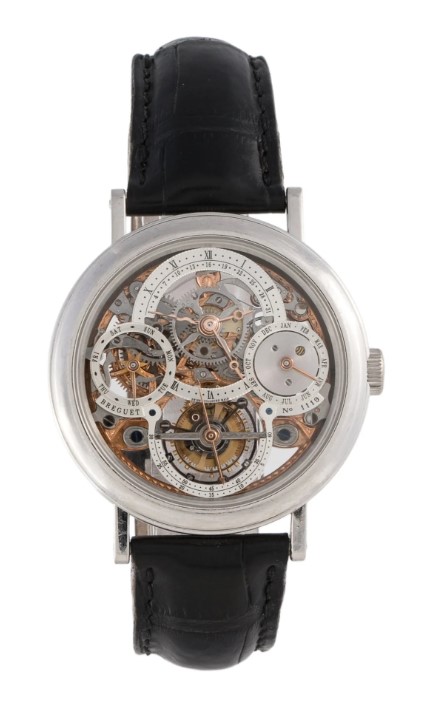Fine Ceramics
Wilhelm Kåge ceramics
SHARE
Wilhelm Kage: The Master of Swedish Ceramics
Wilhelm Kage was a renowned Swedish ceramic artist who left an indelible mark on the world of pottery and porcelain. Born in 1889 in the small town of Gustavsberg, Kage’s journey into the realm of ceramics began at a young age, as he was drawn to the vibrant colors and intricate designs that characterized the region’s renowned porcelain production.
Kage’s artistic prowess was evident from the outset, and he quickly established himself as a leading figure in the Swedish ceramic scene. His work was characterized by a unique blend of traditional techniques and innovative designs, which set him apart from his contemporaries. Kage’s pieces were known for their bold colors, striking patterns, and a sense of playfulness that captivated collectors and art enthusiasts alike.
One of Kage’s most significant contributions to the world of ceramics was his role as the artistic director of the Gustavsberg Porcelain Factory, a position he held from 1930 to 1960. Under his leadership, the factory produced some of the most iconic and sought-after ceramic pieces of the 20th century. Kage’s vision and creative direction transformed Gustavsberg into a global powerhouse in the ceramics industry, and his influence can still be seen in the company’s products today.
Kage’s work was not limited to functional pottery; he also created a number of highly regarded decorative pieces, including vases, sculptures, and wall art. These works were often characterized by their bold, abstract designs and a keen sense of color and composition. Kage’s ability to seamlessly blend form and function was a testament to his mastery of the medium, and his pieces continue to be celebrated for their artistic merit.
Throughout his career, Kage received numerous accolades and awards, cementing his status as one of the most influential ceramic artists of his time. His work was exhibited in galleries and museums around the world, and he was recognized for his contributions to the field of ceramics by organizations such as the Royal Swedish Academy of Arts.
Kage’s legacy extends far beyond his own lifetime, as his influence can still be felt in the work of contemporary ceramic artists. His innovative techniques and bold designs have inspired a new generation of creators, who continue to push the boundaries of what is possible in the world of ceramics.
In conclusion, Wilhelm Kage was a true master of his craft, a visionary artist who transformed the world of Swedish ceramics and left an enduring legacy that continues to inspire and captivate audiences around the globe. His work is a testament to the power of creativity and the enduring appeal of well-crafted, visually striking ceramic art.
